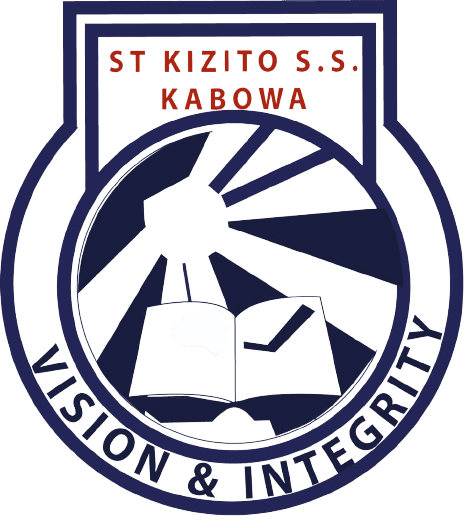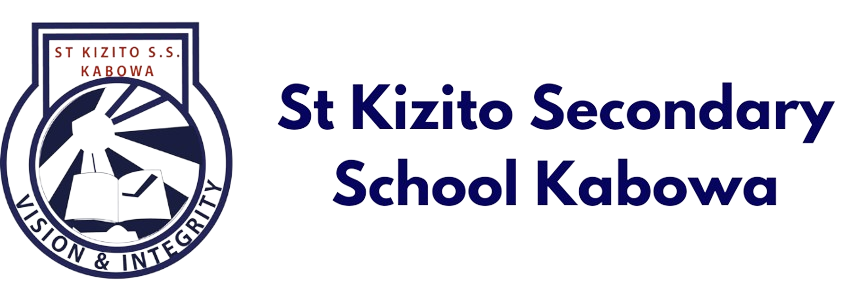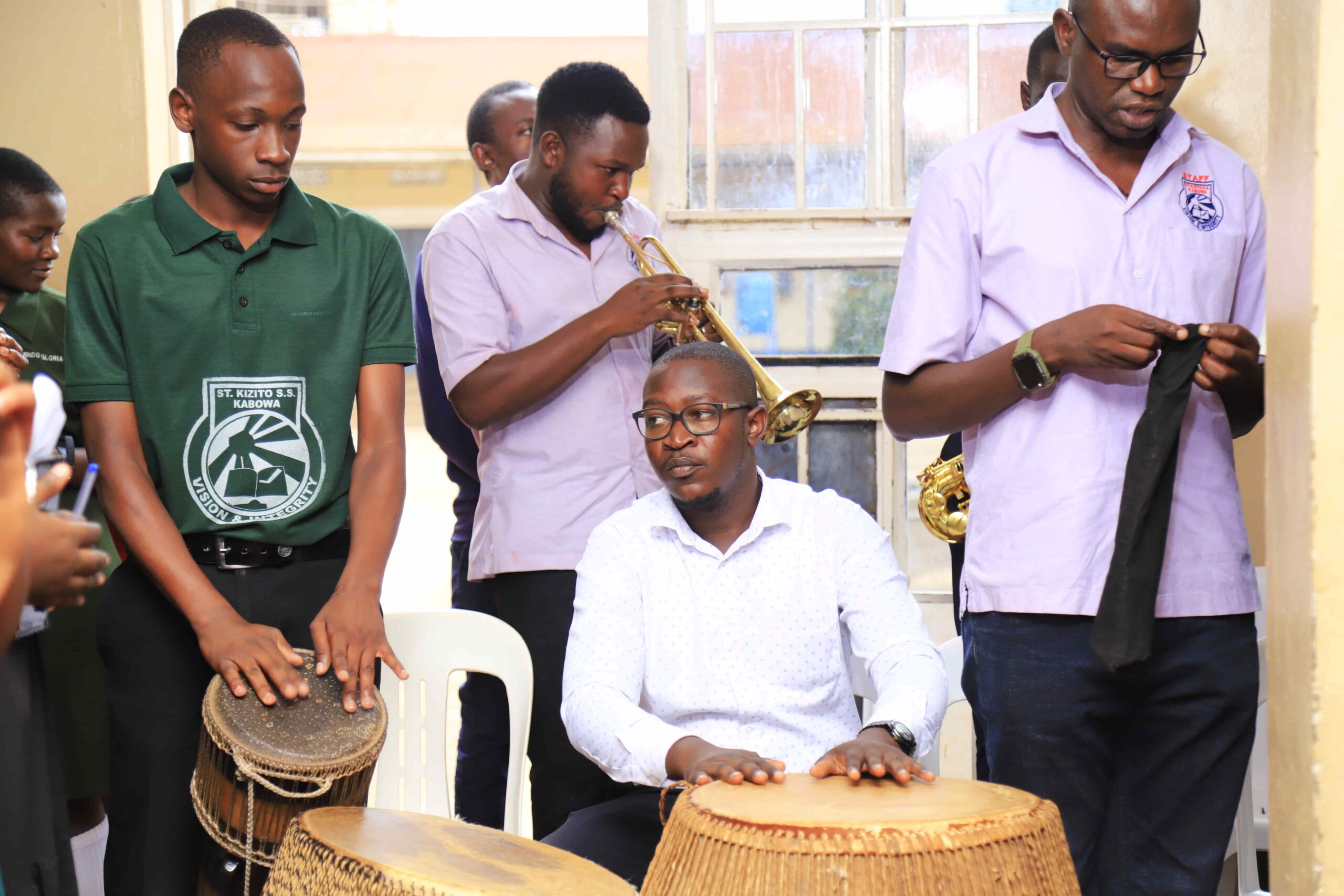
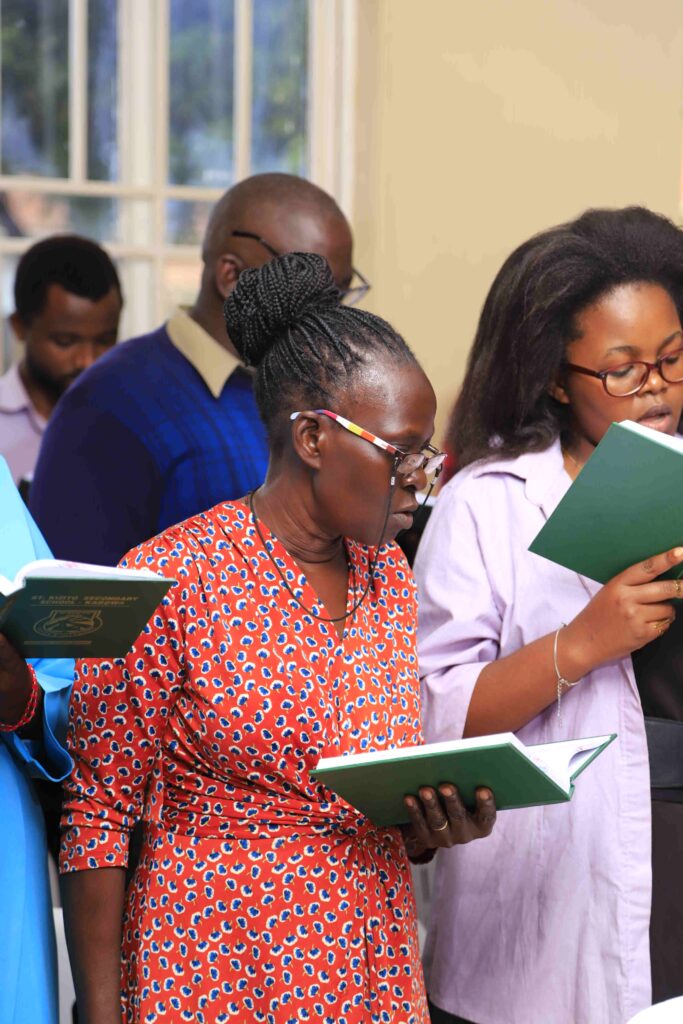
Concept Development
- Theme and Purpose:
- Highlight the importance of unity and collaboration in the school community.
- Show teachers and students working together in the context of a school Mass or religious event.
- Storyboard:
- Sketch out the key scenes you want to include, such as preparations for the Mass, the actual event, and post-event reflections.
- Include moments where teachers and students interact meaningfully.
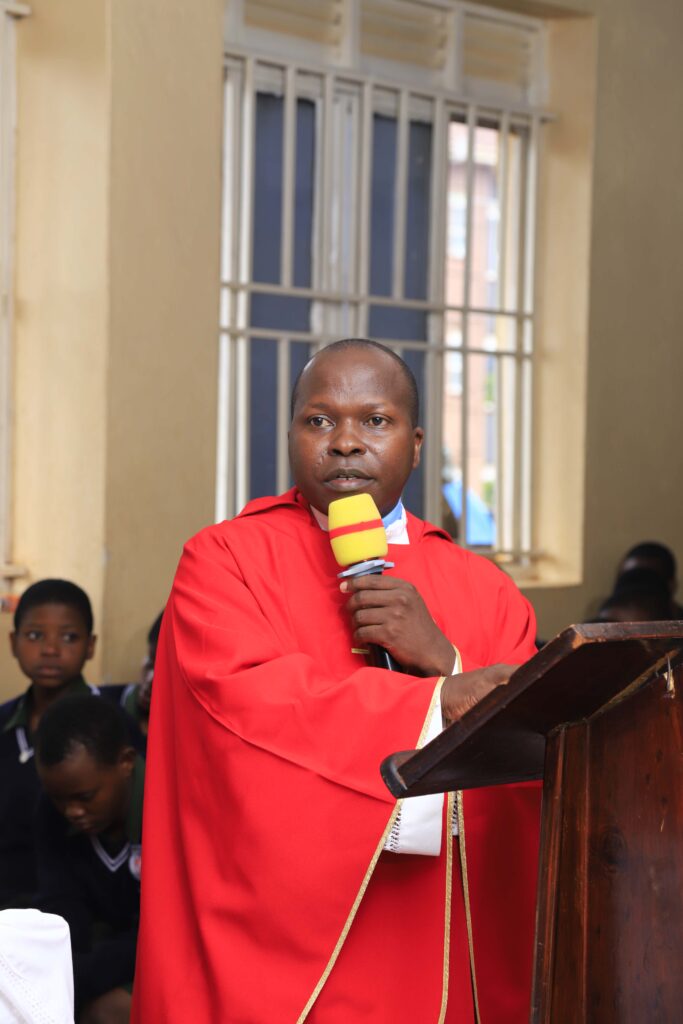
Script Writing
- Narrative:
- Create a storyline that emphasizes teamwork and shared values.
- Include dialogue or voiceovers that explain the significance of the Mass and the roles of both teachers and students.
- Characters:
- Teachers and students with distinct, relatable personalities.
- A narrator who ties the scenes together and provides context.
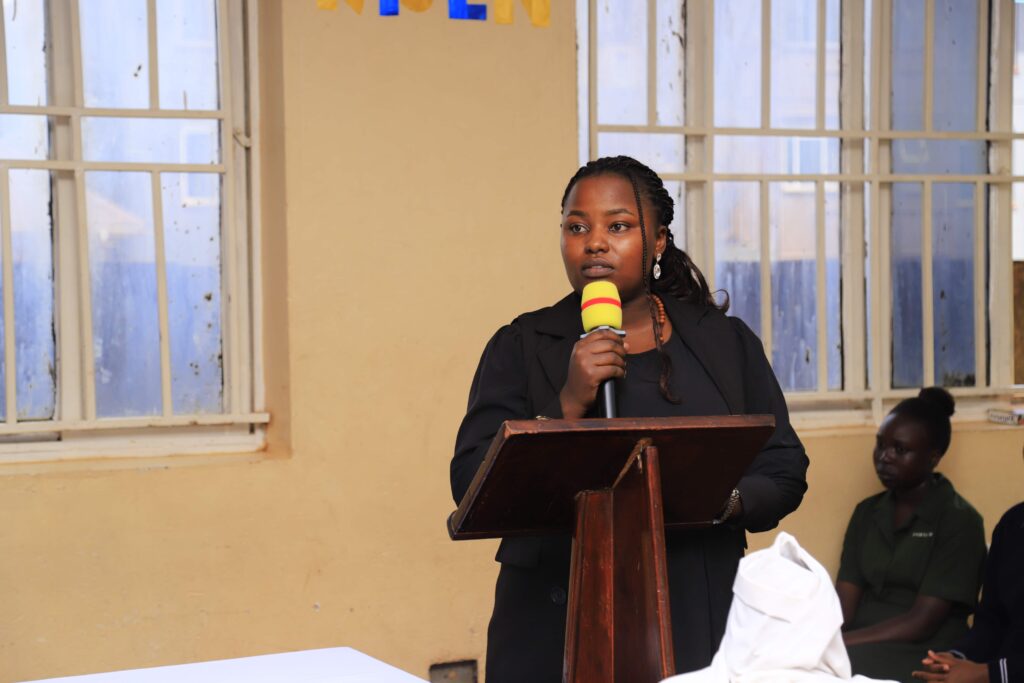
Animation Production
- Software and Tools:
- Use animation software like Adobe Animate, Toon Boom, or even simpler tools like Powtoon or Animaker.
- Design Characters:
- Create character models for teachers and students. Make them visually distinct yet harmonious in style.
- Include details like school uniforms or typical classroom settings.
- Scenes and Backgrounds:
- Design backgrounds representing various school settings: classrooms, the chapel, hallways, and outdoor spaces.
- Show different phases of the Mass: preparation, the service itself, and post-Mass activities.
Key Scenes
- Preparation:
- Teachers and students preparing for the Mass together. For example, students decorating the chapel while teachers help with logistics.
- Dialogue showcasing cooperation and enthusiasm.
- The Mass:
- Scenes of the actual Mass, with teachers and students participating together.
- Emphasize moments of unity, such as group prayers or communal singing.
- Post-Mass Interaction:
- Teachers and students discussing the Mass, sharing their experiences and reflections.
- Highlighting the bonds formed through shared activities.
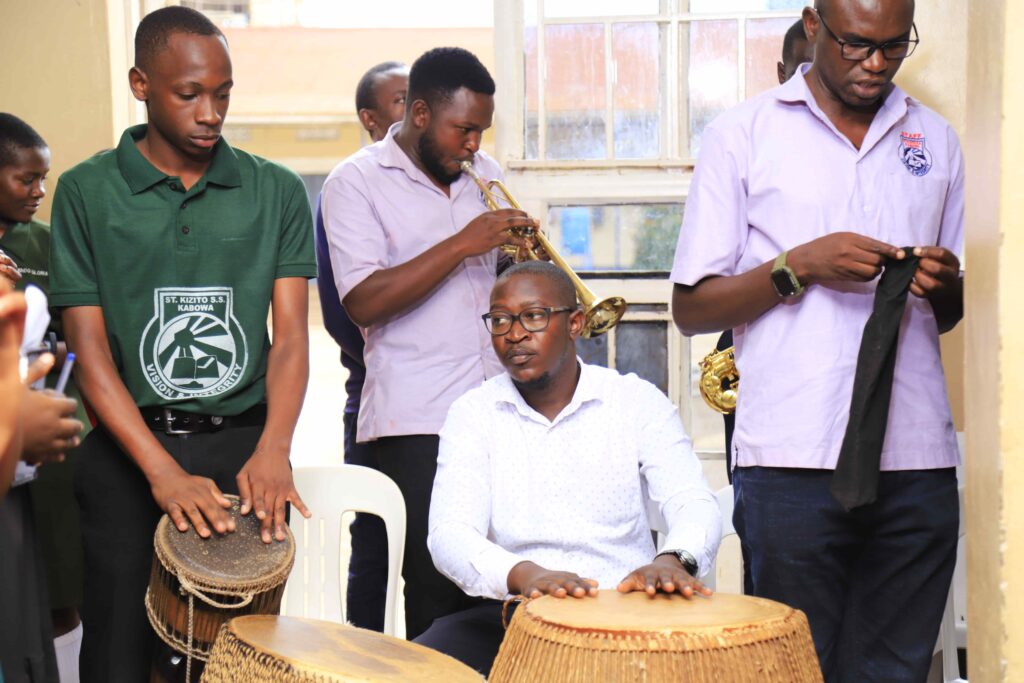
Voiceovers and Sound
- Voice Actors:
- Use voices of actual teachers and students if possible, to add authenticity.
- Ensure clear and expressive delivery.
- Background Music and Effects:
- Incorporate uplifting and respectful background music appropriate for a Mass.
- Use sound effects to enhance the atmosphere, such as the sound of a choir or ambient noise from a chapel.
Editing and Final Touches
- Smooth Transitions:
- Ensure transitions between scenes are smooth and natural.
- Add text overlays if necessary to provide additional context.
- Review and Feedback:
- Show the animation to a small group of teachers and students for feedback.
- Make necessary adjustments based on their input.
Presentation
- Event Launch:
- Present the animation at a school assembly, Mass, or special event.
- Accompany the screening with a brief introduction explaining the project’s purpose and the collaboration involved.
- Follow-Up Activities:
- Host a discussion or Q&A session afterward to encourage reflections on the animation and the values it represents.
- Display behind-the-scenes content or storyboard sketches to engage the audience further.
Example Scene Breakdown
- Scene 1: Preparation
- Animation opens with students decorating the chapel, hanging banners, and arranging flowers.
- Teachers are seen setting up chairs, adjusting sound equipment, and guiding students.
- Scene 2: The Mass
- The Mass begins with a processional scene, with teachers and students walking together.
- Focus on key moments like the homily, communal prayers, and singing, showing both groups actively participating.
- Scene 3: Post-Mass
- Students and teachers gather outside the chapel, sharing their thoughts.
- A teacher and student duo reflect on the experience, emphasizing the importance of community and shared faith.
By following these steps, you can create a meaningful and engaging animation that showcases the collaborative spirit between teachers and students during a school Mass.
